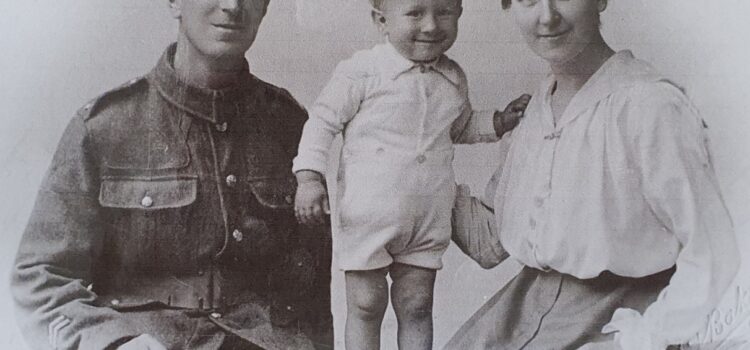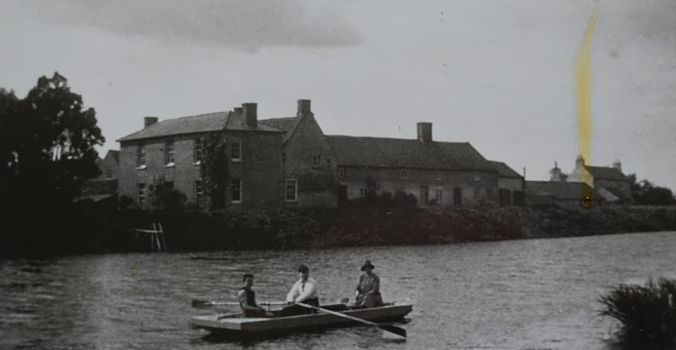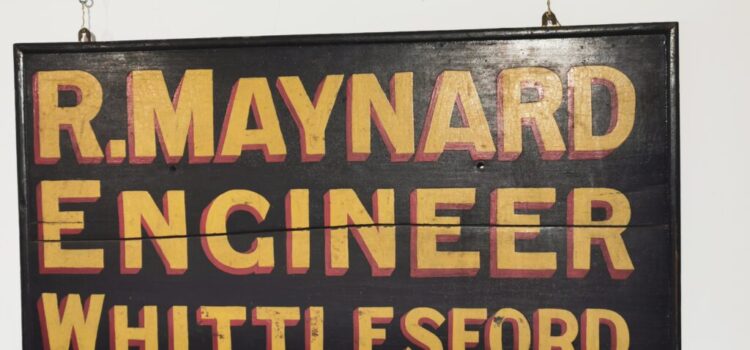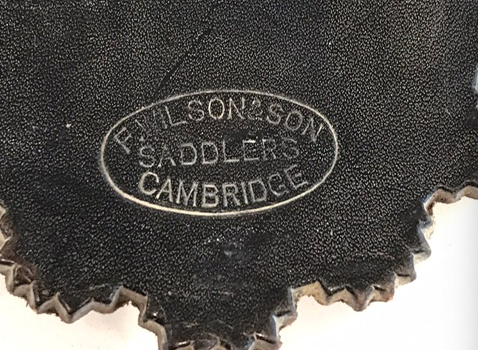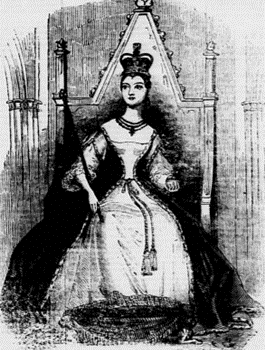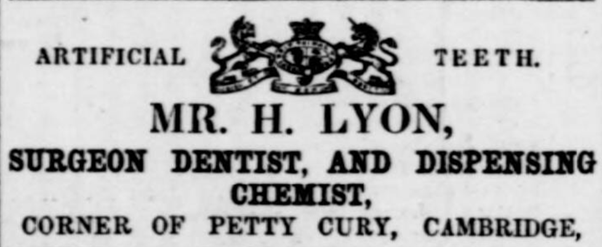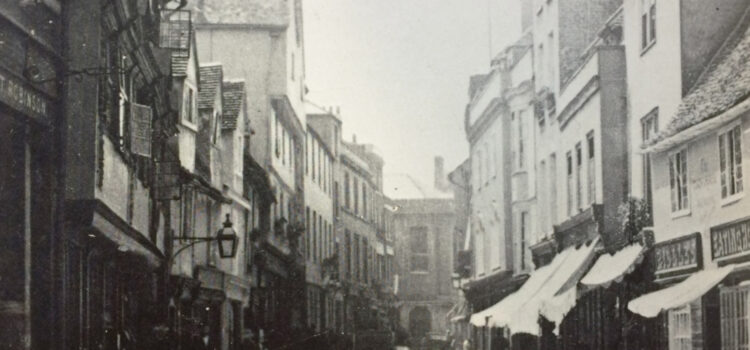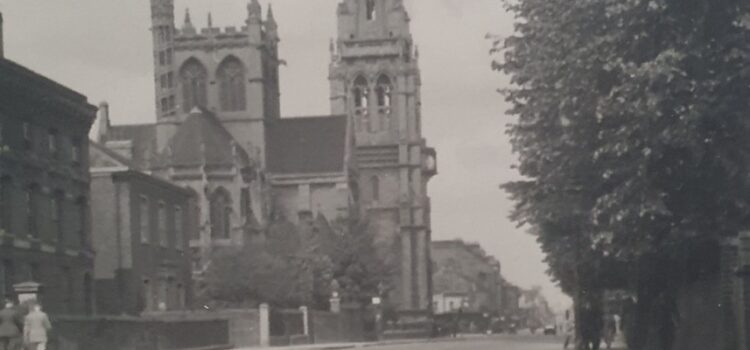Earlier in the summer, the Museum of Cambridge welcomed two very special visitors for an important medal ceremony. It was not the Mayor bestowing any grand titles upon a worthy citizen of Cambridge, but it was just as noble a
Reunited – The Museum of Cambridge hosts a momentous reunion.
